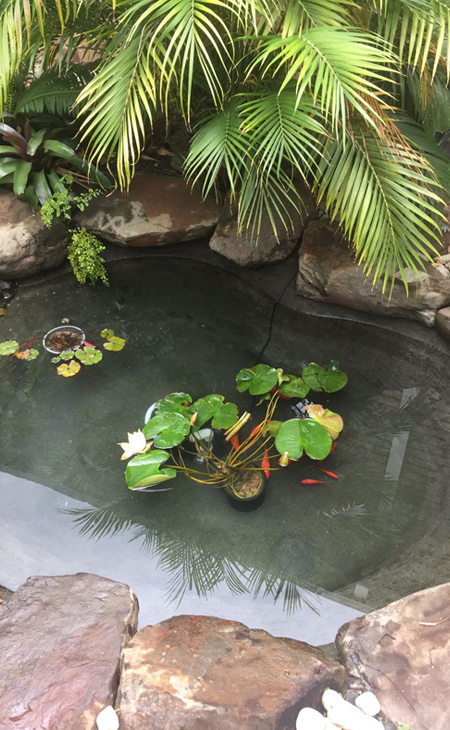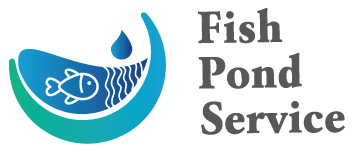Pond Planting

Pond floaters and drifters. Floating plants create shade that reduces the amount of sunlight penetrating the water and keeps the water cooler to reduce algae growth. The most popular are duckweed, water lettuce, water hyacinth and water fern.
Bog plants. Bog plants are great for the edges of ponds and streams. Bog plants as well as marginal plants improve the habitat by attracting wildlife, such as frogs, lizards and birds. The most popular are iris, sarracenia (mosquito eater) and tassel rush.
Marginal plants. Marginal plants grow in the shallow waters around pond edges. As well as Bog plants attract wildlife. Marginal plants usually used to hide or camouflage wiring and plumbing from pond pumps, filters and lighting.
Mid depth and underwater plants. Ideal for pond depth from 20-40cm deep. Create shade and provide good hiding place for smaller fish from predators and big fish. Underwater plants or oxygenators provide oxygen to the water that improves water quality and clarity. The leaves and roots act as nutrient sponges, removing potentially toxic elements. Most popular mid depth plants are water poppies, nymphoides, miniature water lilies, water fringes and myriophyllums.
Deep water plants and submerged oxygenators. Ideal for ponds 40cm or more in depth. Deep water plants create good coverage that assist in stabilising the pond water temperature, reducing evaporation, help to reduce algal blooming and maintaining healthier pond water, mostly during drought conditions. The most popular deep water plant is lotus, that not only helps maintain healthy environment in the pond, but also brings beauty and elegance to the pond. Lotuses come in different colors, purple, white, peach, light pink, deep pink, yellow.
